This post was last updated on December 20, 2022 by srinivas krishnaswamy
“I am using a popular brand of anti dandruff shampoo. I shampoo every single day, because I’ve been told that only this will keep away my dandruff. While my shampoo removes the dandruff, my scalp feels itchy by the evening and the flaking starts again. What do you think could be the problem? Why do I have persistent dandruff? Am I stuck with dandruff and shampooing everyday forever?”
This query was sent to us by a man who described his hair as having worsened after he started to work. He was now in his 30s, and his dandruff had become extremely noticeable and quite alarming.

There are 2 causes of dandruff: the first is an underlying skin condition like psoriasis, eczema or seborrhea. And if you had any of this, any part of your skin will be affected, including your scalp. Also, when you have an underlying skin condition like this one, you wouldn’t just have your scalp affected, but atleast some part of the rest of your skin.
The other kind of dandruff which the Mayo Clinic describes as the most common cause of dandruff today is dry skin caused by aggravated sebaceous glands. This aggravation can occur because of how often you shampoo or what you shampoo your hair with. It could also be triggered by scalp clogging products like “Dry Shampoos”
In short, this kind of persistent dandruff is a consequence of unbridled shampoo enthusiasm.
Persistent dandruff: What is in your Anti dandruff shampoo?
The lead chemical used by an anti dandruff shampoo is a fungicide – this could be ketoconazole, zinc pyrithione or selenium disulfide, miconazole and even hydrogen peroxide or common bleach. Now the thing to note is this: this solution is logical only if your dandruff is caused by a fungal infection like seborrhoeic dermatitis. If your persistent dandruff is simply scalp dryness due to excessive shampooing, fungicides do not help heal the root cause.
Worse still, they are excessively harsh and drying on the scalp and could aggravate dry dandruff. This could explain why people using an anti-dandruff shampoo feel that they are worse off than before and why their dandruff is this persistent, despite religiously using an anti dandruff shampoo.
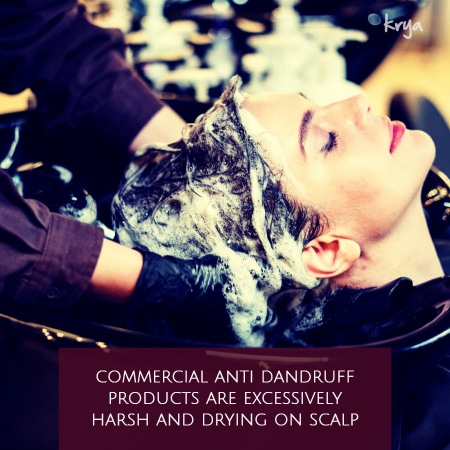
Fungicides are not just the reason behind persistent dandruff. They also have more serious environmental issues associated with them.
CYP3A suppressing effect of Ketoconazole:
With the increasing use of fungicides in anti dandruff shampoos, it should come as no surprise that these fungicides find their way into fresh and salty water bodies through our sewage lines. As is common with many classes of synthetic chemicals, fungicides like ketoconazole are easily absorbed into the body of fishes and other aquatic organisms – they store in the fatty organs and bio accumulate with increasing exposure.
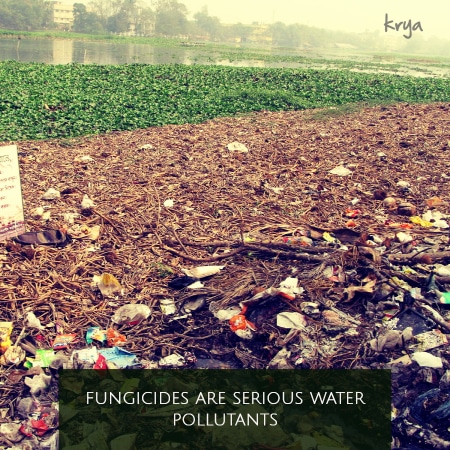
Studies indicate that increasing doses of these fungicides retard the activity of CYP3A, an important enzyme group present in human beings and aquatic organisms like fish. This enzyme group helps catalyse many reactions in drug metabolism and also help synthesize cholesterol, steroids and other lipids. CYP3A has 4 sub enzymes: variant A4, variant A5, variant A7 and variant A43.
Variant A4, i.s CYP3A4, is found in the liver and intestine. It oxidizes xenobiotics (foreign molecules like toxins and drugs), helping removing these from the body. The complete range of uses of CYP3A4 is still not known: it is found in the intestine where it helps regulate the absorption of many nutrients and drugs into the body. It is also found in the brain, but its role in the CNS is still unknown. CYP3A4 contributes to bile detoxification in the body, elimination of phytochemicals in the food we eat, the termination of the action of steroid hormones, and helps in drug absorption of over half of all drugs prescribed today.
Variant A5, i.e CYP3A5 is a variant found in the prostrate gland and liver. It catalyses many reactions involved in drug metabolism and also help synthesise cholesterol, steroids and other lipds in the body.
Variant A7, i,e CYP3A7 carries a similar role as CyP3A4 in fetuses, where CYP3A4 is not expressed.
In rainbow trout and killifish, ketoconazole accumulation decreased the catalytic activity of the CYP3A enzyme group by 60 – 90%. As CYP3A group of enzymes help in containing and removing xenobiotics like phramaceutical drugs, heavy metals and viral and bacterial loads from the body, aquatic organisms where this enzyme is suppressed may be highly diseased and risky to eat.
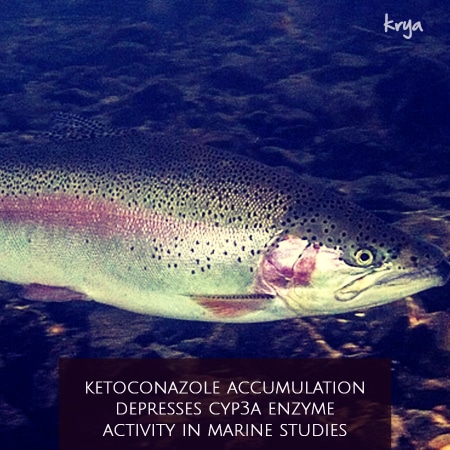
Similarly, we cannot completely rule out the long term effect on human beings who use Ketoconazale based products topically. The Skin is a highly absorptive surface and is used in the pharma industry for dosing many drugs into the body. The scalp after repeated exposure to shampoos is broken down due to the effect of SLS and SLeS on the scalp.
This makes it easier for Ketoconzalae to cross the skin barrier and enter the body. This could have a slowly bio accumulating adverse long term effect. Use of harsh fungicides like Ketoconazole also destroyed the natural microbiome barrier of the skin and scalp. This again opens the body to a host of invasions from harmful and more aggressive micro organisms.
Soil and water contamination with Ketoconazole
As we rinse out ketoconazole and other such potent fungicides from the hair after every wash, we discharge these potent fungicides into our grey water. In India and many countries, grey water is not treated at the municipal levels. Many times it is discharged into fresh water bodies or into the soil, where it contaminates soil and ground water. Groundwater across the world is slowly and surely being contaminated by pharmaceuticals, and synthetics from the drugs we consume, and from the personal care products we use on ourselves.
Discharging more and more of such a potent drug into the water stream again affects aquatic organisms and eventually ourselves.
We can see that in many cases of persistent dandruff, the problem is not even due to fungal organisms. The issue is really of scalp dryness due to the use of harsh and drying shampoos. So we are attempting to tackle persistent dandruff with a solution that will not even help. Even in the case of fungal dandruff, better, safer and more holistic remedies are available in Ayurveda and Siddha that treat this problem much more holistically and effectively without the risk to human health, health of aquatic organisms and soil and water safety.
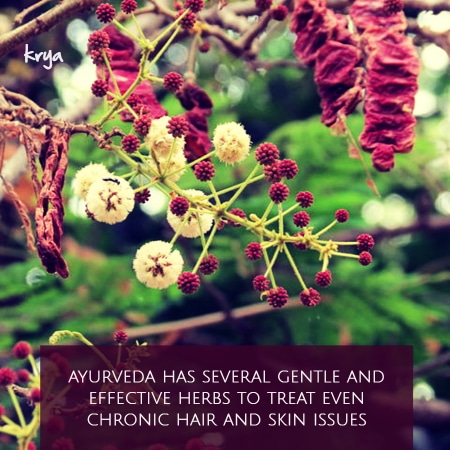
Ayurveda offers us a wealth of anti fungal herbs like Shikakai, Soapberry, Neem, Babchi, Desert Date, etc which are highly effective in tackling fungal dandruff, and chronic skin issues like atopic dermatitis, eczema, etc, without any of the other side effects that occur when we use fungicides like Ketoconazole. At Krya, we have seen excellent results with our anti Dandruff hair care range even in very chronic and very persistent cases of fungal dandruff, some of which are decades old. This point is made to re-iterate that there is no need to resort to dangerous and harsh products for solving most of our hair and skin problems.
Persistent dandruff: How fungicide based shampoos destroy the hair and scalp
Many people are prescribed with an OTC fungicide based anti dandruff shampoo without properly analyzing if they have fungal dandruff or not. Even if you have fungal dandruff, a Ketoconazole based shampoo is an overkill, does not guarantee permanent solution to the problem, and has many adverse effects on the hair and scalp.
One of the common side effects caused by fungicides on hair and scalp is skin and scalp irritation. Because of their harsh and excessively drying nature, the sebaceous glands in your scalp can get aggravated leading to extremely dry or extremely greasy hair.
Other allergic reactions may include severe itching, burning or irritation, redness or pain on the scalp, oozing or weeping of skin, eye redness and swelling and hair loss.
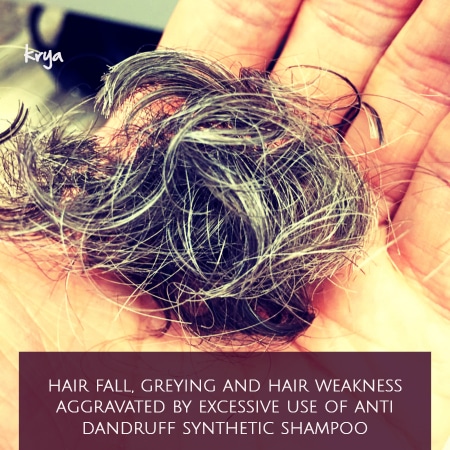
Commonly those with persistent dandruff end up having high hair loss or weak brittle hair. This is in part caused by the use of the anti dandruff shampoo which dries up the scalp aggravating Vata in the head area. Aggravated vata makes hair dry, brittle, weak, prone to split ends. Hair growth is also poor in such cases.
Persistent Dandruff: a much exploited condition
Dandruff used to be an isolated problem and a specialized problem, usually affecting men, 20 – 30 years ago. However today, it is one of the most commercially exploited scalp conditions – estimates of dandruff in urbanized populations range from 20% to 50%! And it is now a gender agnostic condition – women and men suffer from dandruff.
It is important to note here that while dandruff has rapidly increased among urbanized populations the incidence of many fungal origin skin conditions like psoriasis, eczema and seborrhea have not multiplied this rapidly.
If fungal organisms are the reason behind dandruff, then we should have seen a similar increase in fungal derived skin conditions. If fungal organisms are not the cause, why are anti fungal shampoos and steroid based topical creams being prescribed?
Secondly what is the reason for this persistent dandruff?
Persistent dandruff: Synthetic Shampoos are a trigger
At Krya, we never tire about speaking about the ill effects of synthetic shampoos. Synthetic shampoos are harsh, irritate the scalp, use dangerous probable carcinogens and can increase scalp greasiness, premature greying and hair weakness. They can also dry out the scalp , increasing scalp flaking and persistent dandruff. Let’s see how.
a. SLS and SLeS in synthetic shampoos : a leading cause of persistent dandruff
SLS and SLES dissolve your hair and scalp’s sebum layer and strip skin of all its natural oils leaving you with dry skin and hair. “The lathering power of liquid soaps is actually an enemy. It can bubble the oil out of your skin” says Dr. Marianne O’Donoghue, associate professor of dermatology at Rush-Presbyterian-St. Luke’s Medical Center and spokeswoman for the American Academy of Dermatology.
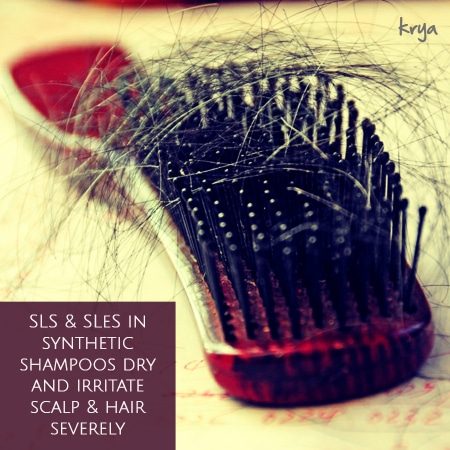
Skin below 35 years reacts aggressively to this systematic stripping of sebum. With the increased use of SLS and SLeS based shampoo, you may find your skin and scalp becoming oilier, creating a vicious cycle where you are compelled to wash more frequently.
If you find that your hair is getting greasy and oily a day after shampooing, then you need to investigate your shampoo – the excessive harshness of this product usually forces a defensive skin reaction where the scalp starts to aggressively produce sebum to make up for the loss every time you shampoo.
Of course this will only prompt you to use more shampoo to counter this greasy defense – the result: damaged and dry hair and scalp.
b. MEA, DEA and TEA in synthetic shampoos: Scalp Irritants triggering itching and scalp flaking
Ethanolamines are a class of chemicals added to shampoos that help increase foam and make the shampoo thick and pleasing in the way it looks and feels. However these ethanolamines are not innocent chemicals.
Ethanolamine based products can trigger contact dermatitis, and irritate your scalp leaving your hair feeling dry and lifeless and breakdown your hair’s keratin structure. This leads to itchy dry scalp, persistent dandruff and weak, lifeless, brittle hair.
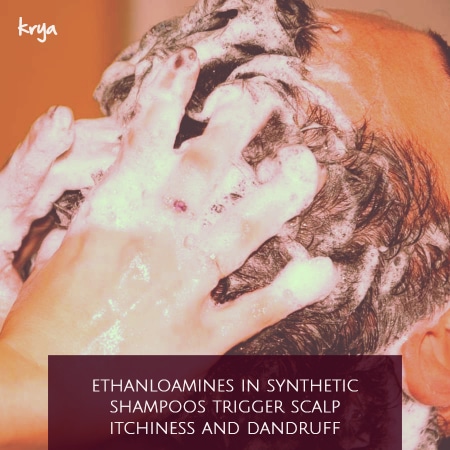
Even an industry funded body like the Cosmetics Ingredient review is cautious about the use of ethanolamines – they ask users,( i.e., us who love our synthetic shampoos), to use Ethanolamines only briefly, scrub vigorously and to not use it continuously.
Contrast that with the Shampoo industry’s prevalent paradigm: where we are asked to wash frequently, even every single day, and rinse and repeat shampooing to ensure our hair is “clean”.
On a practical basis, it is impossible for a synthetic shampoo user to follow these industry standards when it comes to ethanolamines. Most users are in a hurry, and do not understand the harmful effects of synthetic shampoos. Similarly most shampoo users do not take the effort to “vigorously rinse out shampoo residue” – therefore many shampoo users will have traces of ethanolamines on their scalp that will irritate the scalp and break down the keratin structure of hair. The result: persistent dandruff that does not go away no matter how much anti dandruff shampoo you use.
Long term effects of synthetic shampoos : bigger problem than persistent dandruff
The BIG issue with toxic chemicals like pesticides / fungicides / herbicides , apart from their actual toxic nature, is their ability to linger, long after they have been used.
Unfortunately, the same is the case with the products we use on ourselves.
A recent paper published by researchers at Cornell University attempted to do something utterly fascinating: capture 3D photographs of our microbiome and the chemicals that reside on our skin to understand how the two interact. As a part of this research, the volunteers were asked to forego shampooing and bathing for a few days and 3D photographs were taken before and after this abstinence.
The results are scary:
SLeS persists on the scalp several days after the last shampoo – and we assumed these chemicals would get washed right out !!! On the female volunteer, avobenzene lingers on her neck several days after a sunscreen was used and washed off, lingering on despite the shower and the soap.
Human skin is one of our key organ groups in protecting our body from invasion. Unfortunately, the skin is also extremely susceptible to the synthetic formulations we apply, rub and wash it with. The dermal route is one of the fastest routes of letting synthetic chemicals bypass your powerful intestinal tract (where they would be made less harmful), and directly invade your major internal organs.
Remember what we had to say about Parabens? 60% of breast cancer tumours were found in the area where deodorants are sprayed – and this area represents only 1/5th of the entire armpit area.
Co-incidence? We think not.
What kind of dandruff do you have?
Dry dandruff – caused by under active / stripped sebaceous glands
Dandruff that is caused by under-active sebaceous glands will have a few tell tale signs:
- you should begin feeling worse immediately after shampooing – your scalp should feel itchy and dry.
- The dandruff flakes will be small, light, powdery and not clumped together.
- The problem will worsen as you increase your shampooing frequency.
- The rest of your skin will usually be okay – there will be no underlying skin condition like psoriasis, eczema or dermatitis.
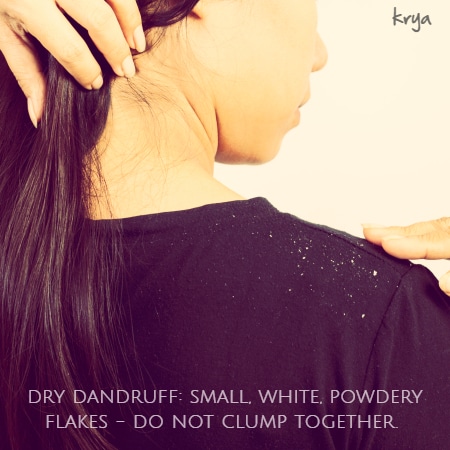
How to treat dry dandruff?
Dry dandruff is treated by switching out of your synthetic shampoo to a Krya natural hair wash chosen for your hair type. This kind of dandruff also needs regular hair oiling – atleast 2 – 3 occasions per week using one of Krya’s hair oils, again chosen according to your hair type.
Head oiling is a recommended ayurvedic practice that offers multiple benefits apart from hair and scalp health. Regular hair oiling and switching out of your synthetic shampoo, quickly solves the issue of dry dandruff.
Oily dandruff – caused by greasy scalp / over active sebaceous glands
Dandruff caused by over active sebaceous glands is also usually easy to spot:
- You are under 35, typically with oily skin and scalp OR you have a dominant Pitta / Pitta + Kapha prakriti
- Scalp aggressively secretes oil and hair looks limp, greasy and unwashed one or two days after washing your hair.
- The dandruff flakes will be large, heavier & will clump together.
- There is moderate to severe scalp itchiness
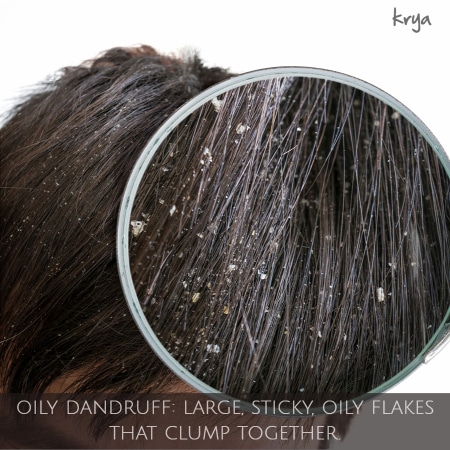
Treating Oily Dandruff:
Using harsh shampoos can further aggravate the sebaceous glands and increase scalp oiliness. Depending upon the extent of the scalp flaking, we can choose from the Krya Classic hair wash, the Krya Classic Plus hair wash or the Krya anti dandruff hair wash. After 4 washes (2 per week), adding the Krya Classic Hair Mask or the Krya Anti dandruff hair mask or a combination of the routine can further cleanse the scalp, unclog the srotas and clear up scalp oiliness and dandruff flakes.
2 weeks after introducing the hair mask (2-3 hair mask applications + 8 hair wash applications), we can then begin added controlled doses of Krya Classic Hair Oil, Krya Classic Plus hair oil or Krya Anti dandruff hair oil or a combination of these oils in small doses to provide balanced scalp nourishment.
Usually if sebaceous gland aggravation is mild to moderate, using the Krya Classic Range helps bring down aggravated Pitta and balances scalp greasiness naturally. This brings down clumping and oiliness of flakes.
However, if the oily dandruff has been there for long, it is possible that the scalp would have developed Fungal dandruff or Seborrheic dermatitis.
Along with this, a Pitta balancing diet and regimen MUST be followed to control Pitta aggravation all over the body. Regular abhyanga with Krya Classic Abhyanga system for Men or women is advised. Bathing with Krya Classic Bodywash also helps control Pitta aggravation through the body.
Diet MUST be controlled and Pitta aggravating foods like Curd, Cheese, sweets, Heavy fermented foods with Urad like Idli, Dosa, etc must be reduced. Excessive eating of sweets and desserts must also be checked. Eating such foods increases the sweet sour secretions that attract fungal organisms. Bitter tastes must be introduced into the food like seasonal native gourds (Bitter gourd, Bottle gourd, Ridge Gourd, Sponge Gourd), native greens and spices like Turmeric, Pepper, and Fenugreek.
Fungal dandruff / Seborrheic Dermatitis– caused by fungal organisms
When Oily dandruff persists for sometime, it can trigger seborrheic dermatitis or fungal dandruff. This can also happen in Pitta / Pitta-Kapha prakritis who have moderate to heavily greasy scalp with sweet, sour sweat secretions which are attractive to fungal organisms.
The combination of the oil, sweat and the rasa of the secretions on the scalp can attract fungal organisms which feed on these secretions. As they feed on this, they break down the sebum, sweat and other secretions and secrete a hydrolysed oil compound. This compound leads to itching on the scalp and irritates it further. This compound also holds scalp flakes together – so you will see larger clumping of dandruff, change in colour of flakes to a mildly yellow / creamy yellow color and severe itching . In this kind of dandruff, there is also rapid spreading of dandruff as the organisms start to move looking for more food.
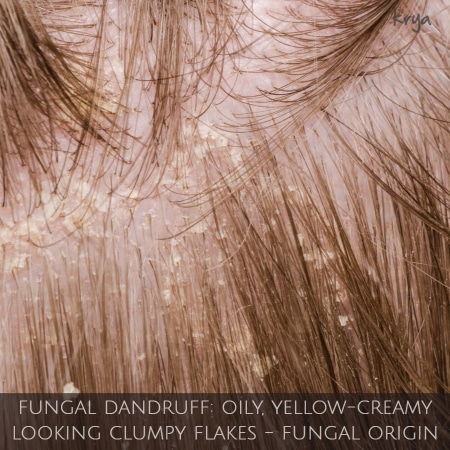
How to treat Fungal Dandruff / Seborrheic Dermatitis
Fungal Dandruff takes time to treat and fully eliminate, but it can be done using mild, properly formulated Ayurvedic products. Do not be in a hurry – give it anywhere between 3-6 months depending upon how long standing the problem is in your case.
Products recommended from Krya range: Krya anti Dandruff range (all 3 products) to be used as follows:
Week 1 – 3: Add Krya anti Dandruff hair wash to the regimen and stop using any synthetic shampoo / synthetic anti dandruff shampoo
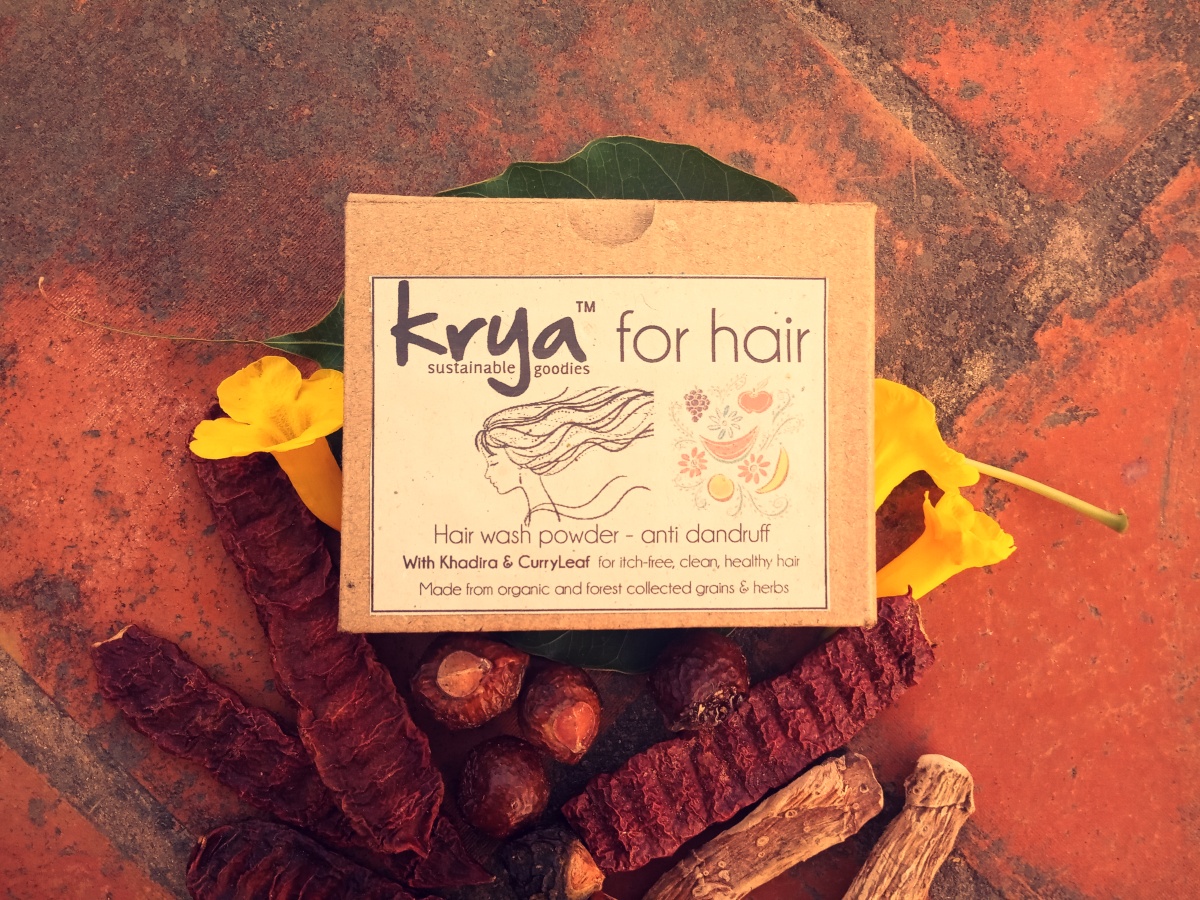
-
-
- Krya anti dandruff Hair wash has been formulated with bitter, fungal organism discouraging herbs like Shikakai, Neem, Babchi, desert date, Soapberry etc
- It will help remove the sweet sour secretions from the scalp thus reducing food source for fungal organisms
- It also helps balance greasiness and soothes scalp itchiness and slowly cuts down on flaking
- The product will have VERY little foam and may be difficult to get used to as it is in powder form – but please persist
-
Week 3 Onwards: add Krya Anti dandruff Hair oil – use 4 times a week
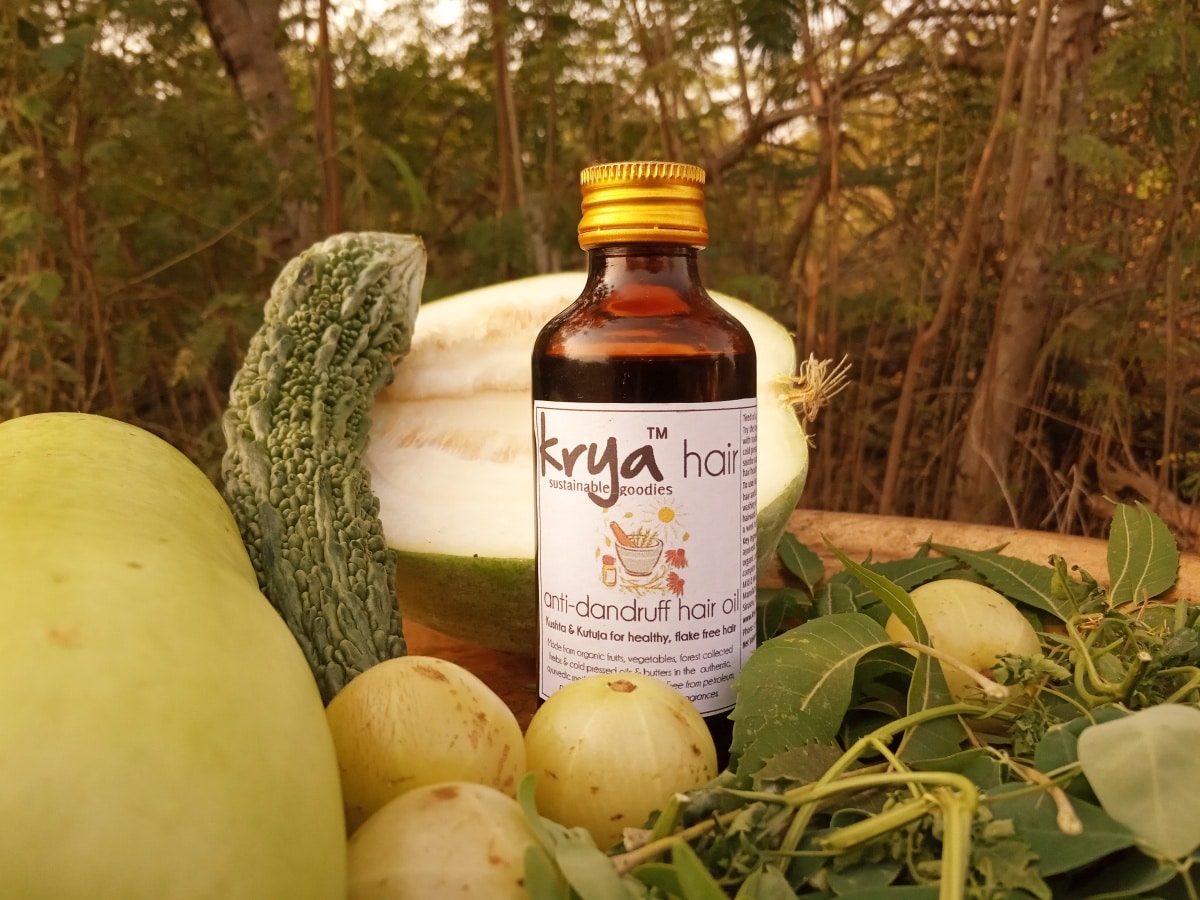
-
-
- Use two times a week 1-1.5 hours before hair wash – oil scalp and ahir egenrously and apply the Krya Anti dandruff Hair Mask after oiling
- On 2 days a week, apply 1 small quantity of Krya anti dandruff hair oil (1/4-1/2 teaspoon) and massage into scalp. Leave the oil on without washing
-
- Leave on oil application is important for cutting down dandruff spread and growth. This cannot be achieved if you wash the hair after oiling. Oil must be left on the scalp to do its work.
-
-
Week 3 : onwards : Add Krya Anti Dandruff Hair Mask to the regimen – once a week if Condition is recent, Twice a week if condition is very long standing and Chronic
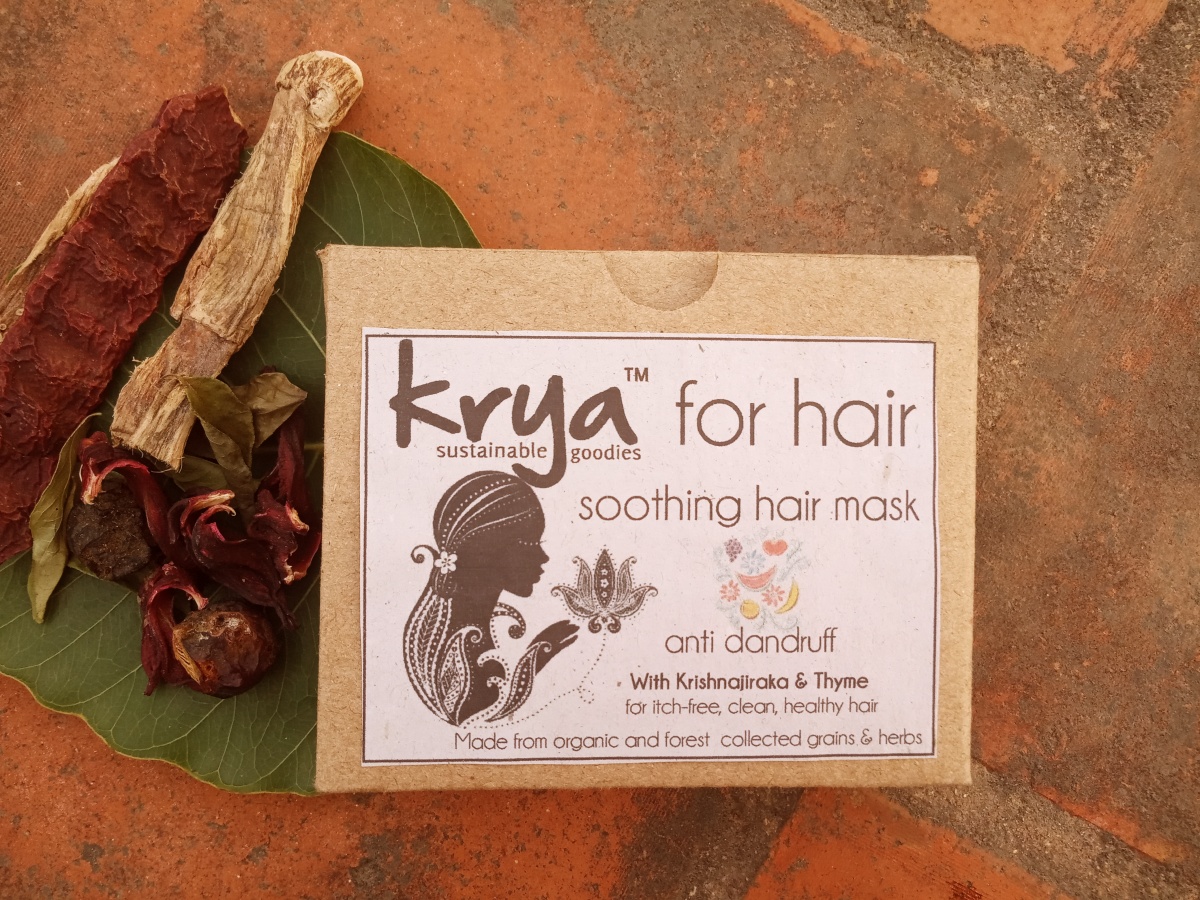
-
-
- Product is formulated to deep cleanse and clear srotas and reduce fungal organisms while simultaneously encouraging healthy hair growth
- Product must be used before Hair wash on well oiled hair (see below for oil recommendation)
- Mix the Mask 30 minutes before application using plain water to a thick , non drippy pancake batter like consistency
- Apply on well oiled and detangled hair using a mask brush after sectioning hair
- Cover hair with a mask or an old towel to retain warmth
- Rinse out Mask with plain water once it starts to get dry and follow with Krya Anti dandruff Hair wash. Do NOT allow the Mask to dry out on hair.
-
The changing nature of dandruff – from oily to dry as you age
When you are below 35, your sebaceous glands are at their peak – so excessive shampooing triggers a compensatory response from them. You will find your hair looking greasier, as your sebaceous glands work overtime to replace and add more oil to protect your hair and scalp.
This response goes down as you age, so your self care routine must also take into account your age, stress levels and other factors. You should not mechanically use the same shampoo / same level of shampooing across all lifestages.
At all points, it makes sense to choose gentler, non toxic hair cleansers and suitable oils for your scalp.
To sum up: why do I have persistent dandruff?
Ketoconazole and such fungicide based anti-dandruff shampoos are not the answer to any hair problems. And neither is washing your hair everyday with a synthetic shampoo.
If you suspect dry or greasy scalp dandruff, start by washing your hair less, using the correct ayurvedic hair cleansers for your scalp, moisturize and nourish your scalp more, and oh yes, throw away your chemical shampoo.
It should NOT be used to wash your hair.
A fantastic hair month to you from us at Krya – You deserve the best.
This article is a part of Krya’s series on healthy and happy hair. Through the Krya healthy hair series, we hope to inform, educate and inspire you to restore your hair to its natural state of great health. Synthetic shampoos and hair products contain a huge host of suspect industrial chemicals that are not just toxic for us to use, but are polluting and toxic to the planet as well. The natural world is full of safe, environmentally sustainable, cruelty free options to care for your hair, and our series will try to present atleast a small part of this exciting world to you.
If you would like to explore our series further, here’s what We’ve written about hair health before this piece:
- What goes into your Shampoo – part 1 & part 2
- What’s the deal with SLS and SLES – and why it shouldn’t come anywhere near you or your hair
- What is your hair supposed to be? A trial? A challenge? Or simply, your best friend
- Is beauty external? We think not
- What should you be looking for on that product label?
- Common carcinogens implicated in breast cancer found in your home
- Is it a conspiracy? A pre-planned genetic supremacy race? Or simply misinformation? Some reasons behind common toxics & why they continue to be used
- Are we putting our children at risk by using these products on them? Here are 3 toxins that plague children through the products we use on them.
- Do the products we buy contain toxins? How do we decode what goes into them? Here’s Urban Survival 102 telling you how to decode a cosmetic label

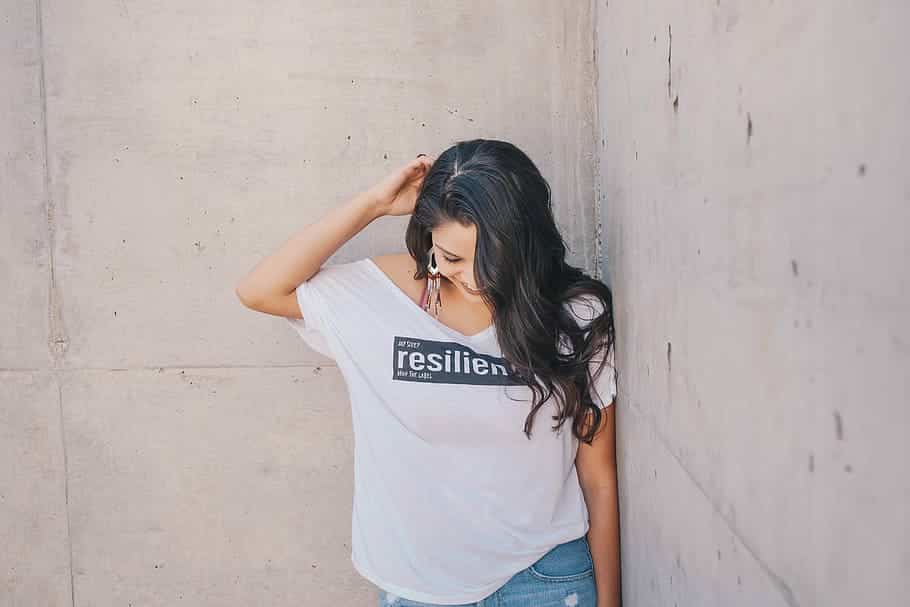

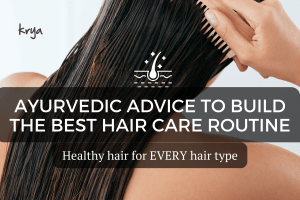
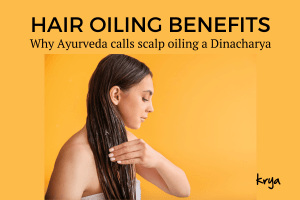

Dear Preethi.. thanks for the wonderful insight on the usage of the shampoo and how effectively natural herbs can be used as an alternate. I have still not tried your products but will definitely place an order , would love to try the hair wash.
Also, I tried powdering the soapnut at home to see how it works on my hair.. Please confirm if we need to make use of only the outer shell or can we grind the seed as well? as all your krya products have soapnuts, wanted to get it confirmed with you.